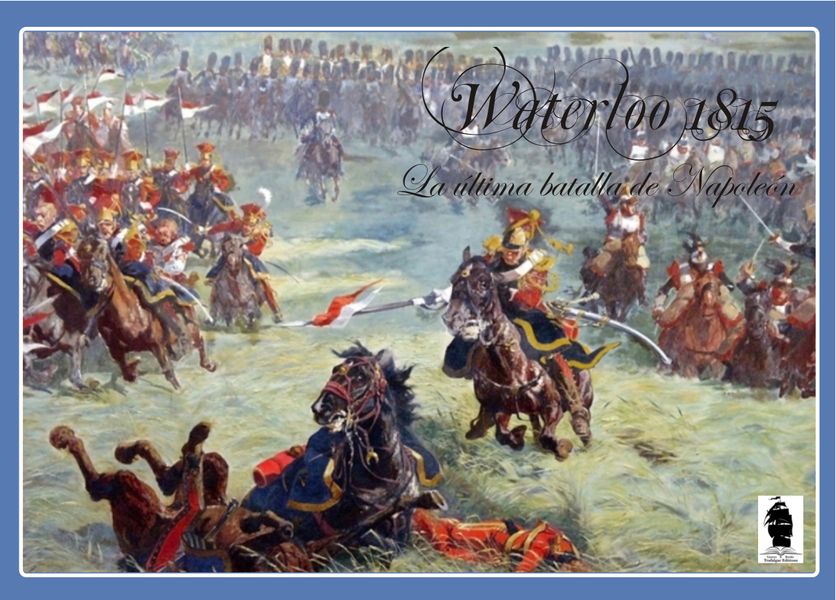Waterloo 1815: Napoleon’s Last Battle (2016) Board Game
Waterloo 1815: Napoleon’s Last Battle is a board game that allows players to experience the epic battle of Waterloo, which took place on June 18, 1815, between the French forces led by Napoleon Bonaparte and the Allied forces of the Seventh Coalition, primarily consisting of British, Dutch, and Prussian armies. This battle marked the end of Napoleon’s reign as the Emperor of France and his final defeat.
Game Components of Waterloo 1815: Napoleon’s Last Battle
How To Setup Waterloo 1815: Napoleon’s Last Battle
To set up the game, players need to place the map on the playing surface and deploy the units according to the historical setup of the Battle of Waterloo. This includes positioning the French, British, and Prussian forces. The game requires careful placement of leaders and units to reflect the historical formations and strategies.
Gameplay Mechanics and Game Objective
Player Experience
The game offers a immersive experience, particularly for those interested in the Napoleonic era. The mechanics are designed to reflect the historical nuances of the battle, such as the importance of leader activation and the timing of the Prussian arrival. Players must strategize carefully, considering the strengths and weaknesses of their leaders and units.
Pros
Cons
Personal Thoughts on Waterloo 1815: Napoleon’s Last Battle
This game is ideal for experienced wargamers and those with a deep interest in the Napoleonic era. The detailed mechanics and historical accuracy make it a compelling choice for those who enjoy strategic depth and complexity. However, new players may find the rules overwhelming, and the game’s balance issues might affect the overall enjoyment. Despite these challenges, the game offers a rich and engaging experience that can help players feel the tension and strategic intricacies of the Battle of Waterloo.
We are supported by our audience. When you purchase through links on our site, we may earn an affiliate commission, at no extra cost for you. Learn more.

